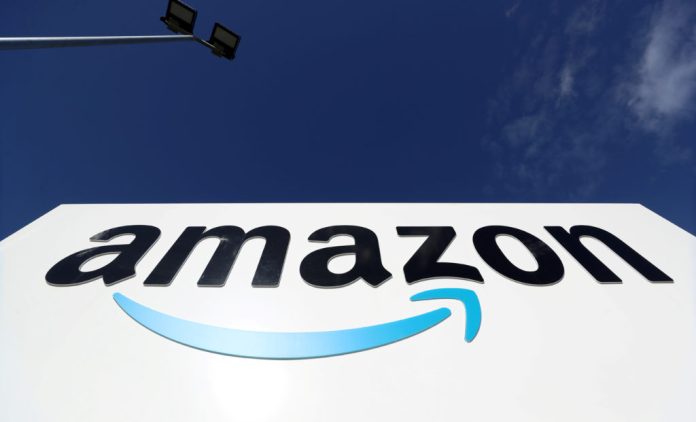Aside from layoffs and slowing growth, Amazon’s march to payments ubiquity – which goes well beyond its own platform – continues unabated.
By making Buy With Prime available to a broader selection of retailers in the United States beginning at the end of this month, the company is recognizing two things:
The direct-to-consumer (D2C) model is gaining popularity in eCommerce, and fast delivery remains a competitive advantage.
The D2C push is substantial. It offers fertile ground for expanding the checkout experience, with payments incorporated into a one-click function that extends well beyond Amazon’s digital real estate.
As a consequence, Amazon preserves and extends its eCommerce market share, Amazon Pay fees (Buy With Prime encourages shops to accept payments via the payment solution), and drives out at least some payment competitors/alternatives.
That is the long-term strategy.
More immediately, increasing the Prime option strengthens Amazon’s fulfillment and last-mile operations, thereby mitigating some of the impact on eCommerce growth.
What has changed with the Tuesday announcement is that before, Buy With Prime was only offered by invitation to businesses who also utilized Fulfillment by Amazon to manage logistics and shipping.
Importantly, with the Prime feature in place, consumers may select one-to-two-day delivery. This is where the last-mile, logistics, and potential additional income streams come into play.
On the merchant side, Amazon claims that having those qualities in place, as well as the Buy With Prime logo on the merchants’ website, may increase conversion by 25% — in a D2C, simplified payment/checkout experience.











